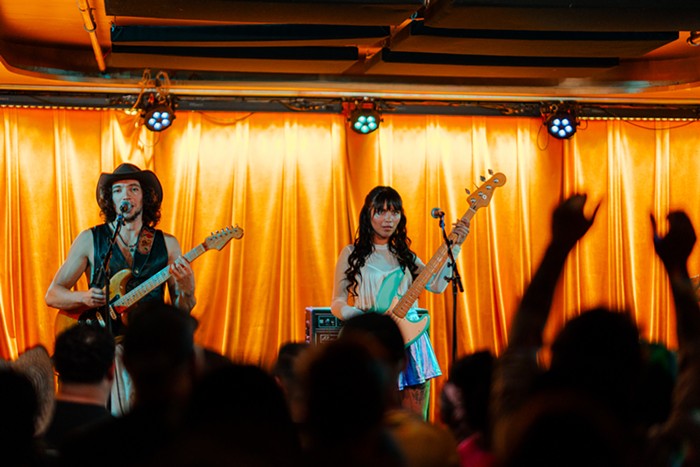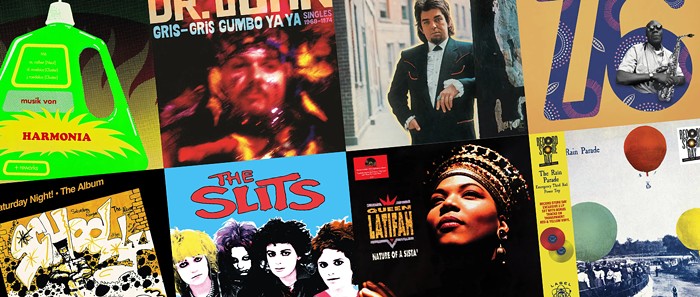Ono's own pioneering pieces straddled the boundaries between visual art, music, and performance. Her notorious Cut Piece invites the audience to cut away chunks of the performer's clothing until no clothes or volunteers remain. Her Painting to Let the Evening Light Go Through reads, "Hang a bottle behind a canvas. Place a canvas where the West light comes in. The painting will exist when the bottle creates a shadow on the canvas. The bottle may contain liquor, water, grasshoppers, ants, or singing insects." Who couldn't fall in love with such brazen and iconoclastic creativity?
Seattle School, a gutsy collective of musicians bent on exploring the links among the human body, words, physical action, and music, has secured Ono's blessing to perform chamber works from her post-Sarah Lawrence College/pre-John Lennon era of 1960-1966. Along with Cut Piece, Seattle School will also tackle Voice Piece for Soprano, Sky Piece for Jesus Christ, Bag Piece, and Dance Piece for Stage Performance.
Named after Ono's 1964 conceptual art book, Grapefruits, this benefit for the Capitol Hill Arts Center also features works by her fellow collaborators in the Fluxus art and music movement, including George Maciunas, Anthony Cox, Emmett Williams, and Ben Vautier. CHRISTOPHER DeLAURENTI
Seattle School serves up Grapefruits Wed April 7 (CHAC, 1621 12th Ave, 388-0500), 8 pm, $10 suggested donation.


















